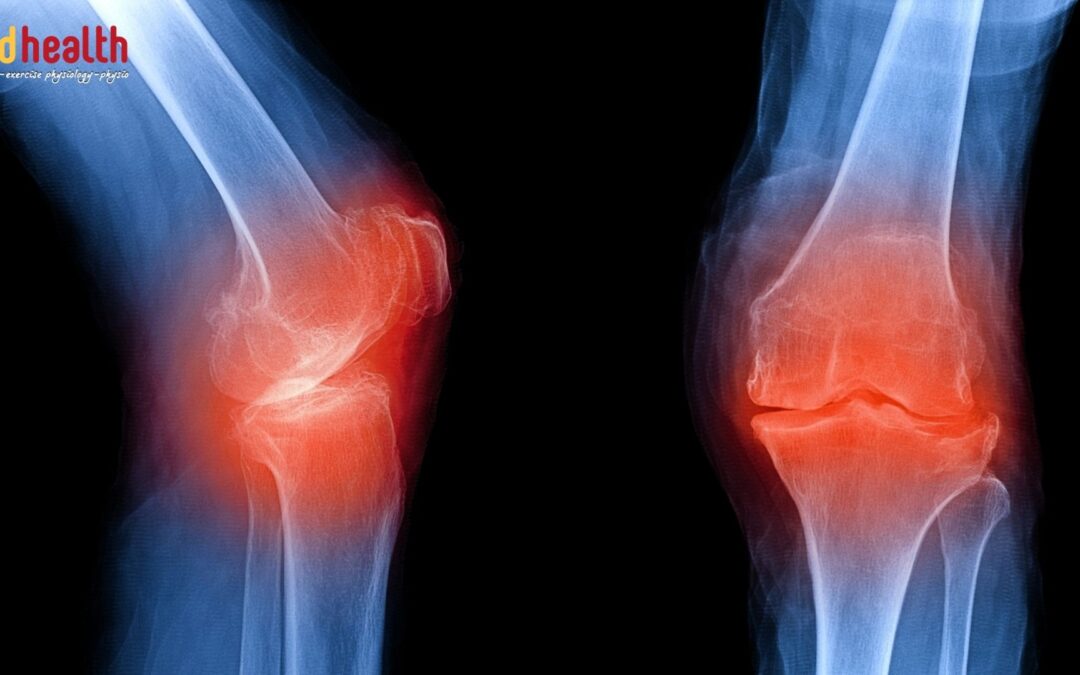Mechanically speaking, how does running affect the knees? What force, for example, does it place on the joints and how does it impact cartilage?
Running increases the load on two specific parts of the knees. The load on the major tendon of the quadriceps muscles (the patella tendon) is anything from 4.7 to 6.9 times your body weight. As you run, the compression forces on the knee cap (patella-femoral joint) can be anywhere from 7 to 11.1 times your body weight. The issue is that the major source of pain in the knee comes from irritation of the lining of the knee cap. In particular, the synovial sheath. This is a thin layer of cells that have a very rich blood supply and very rich nerve supply. This is what lines the joint capsule. When there is irritation of the knee cap cartilage, small fragments break off and land in this lining. This causes irritation and pain. The other source of pain comes from the fat pad. A small amount of fatty tissue that sits just below the knee cap. This again has a very rich blood and nerve supply. It is there to protect the patella tendon from the knee cap. However, poor control of the knee cap leads to irritation of this fat pad and pain in the knee.
The loads on the tendon and the knee cap are higher in running than in walking. This is because there is more time spent in the air when running compared to contact time of the foot to the ground in walking. The total loads on the knee are about the same when running or walking. These however, depend on the control and strength of the muscles around the knee. So, mechanically speaking, it is about the same.
It’s often been said that running ruins your knees, but research suggests otherwise (e.g. https://peerj.com/articles/9676/). Is it a misconception; does running damage the knees?
This is one of the most surprising aspects. Running actually reduces the risk of arthritis and the amount of wear and tear on the hips and knees. this is based on several studies in marathon training and race running in the US. These studies showed there were no signs of more wear and tear in the hips and knees during training, the race or 6 months after a marathon.
In a large 2017 meta-analysis of 125,000 people only 3.5% of runners had arthritis in their hips and knees. This is compared to 10% in sedentary non-runners, a 3-fold reduction!
However, elite marathon runners had a 13% incidence of arthritis. This means a moderate amount of running, as recommended in the guidelines is protective. But, in high volumes, have the reverse effect and lead to more wear and tear. Running more than 4.5 hours a week is the most obvious tipping point. This is when the benefits of running taper off and begin to reverse.
The other 2 major risk factors that increase the wear and tear of the knee when running are:
- Obesity
– the heavier you are, the more the impact forces on the knees. This causes more friction and abrasion of the lining of the knee joint. If your aim is to lose weight with your running program, maybe initially start with a combination of walking/running and other non-weight bearing activities. These could include bike riding for cardio-vascular training. At least until you develop good strength in the knees to manage the load and keep your knee protected.
- Poor biomechanics, especially a lack of strength
–When beginning a running program the most common issues of knee pain we see in the clinic is a lack of strength. Poor strength of the major propulsion muscles, such as the gluteals, quadriceps and calf muscles are common. These muscles support the lower limb running. Poor strength in these muscles changes the position and loads on the knee when running, increasing the chance of injury.
What’s your advice to runners to care for the body and prevent injury?
- Start with a well-designed strength program
– This is one of the most neglected and important parts of a running program. When you start to run, your muscles are not ready for it because they need to build up for the task. Building your muscle strength first will give you the biomechanical support to minimise the risk of injuries. They will also improve your running performance in the long term. Ideally, start with strengthening for 6 weeks, before beginning your running program. This chance to work on the fundamentals may feel like you are going backwards. But, slowing down to build the foundation first will make you go faster in the long term.
- Managing your weight
– This is easier said than done. Especially if you have taken up running to help manage your weight. However, whilst working on your weight, starting your running program with a combination of walking and other non-weight bearing activities. Activities such as bike riding, will be protective of your knees in the short term so that you can have a great running program in the long term. Be patient, you’ll get there.
- Don’t over do it
– Even the best marathon runners do not run marathons on a weekly basis for their training and neither should you. Load management is very important. If you plan to run marathons, speak to a good running coach about a good progression of running volume for the balance of best performance without damaging your joints. The tipping point seems to be 4.5 hours a week, after which you will go backwards rather than achieve your goals.
Do you have any questions?
- Call us on (03) 9857 0644 or (07) 3505 1494 (Paddington)
- Email us at admin@mdhealth.com.au
- Check out our other blog posts here
Our clinical staff would be happy to have chat if you have any questions.



